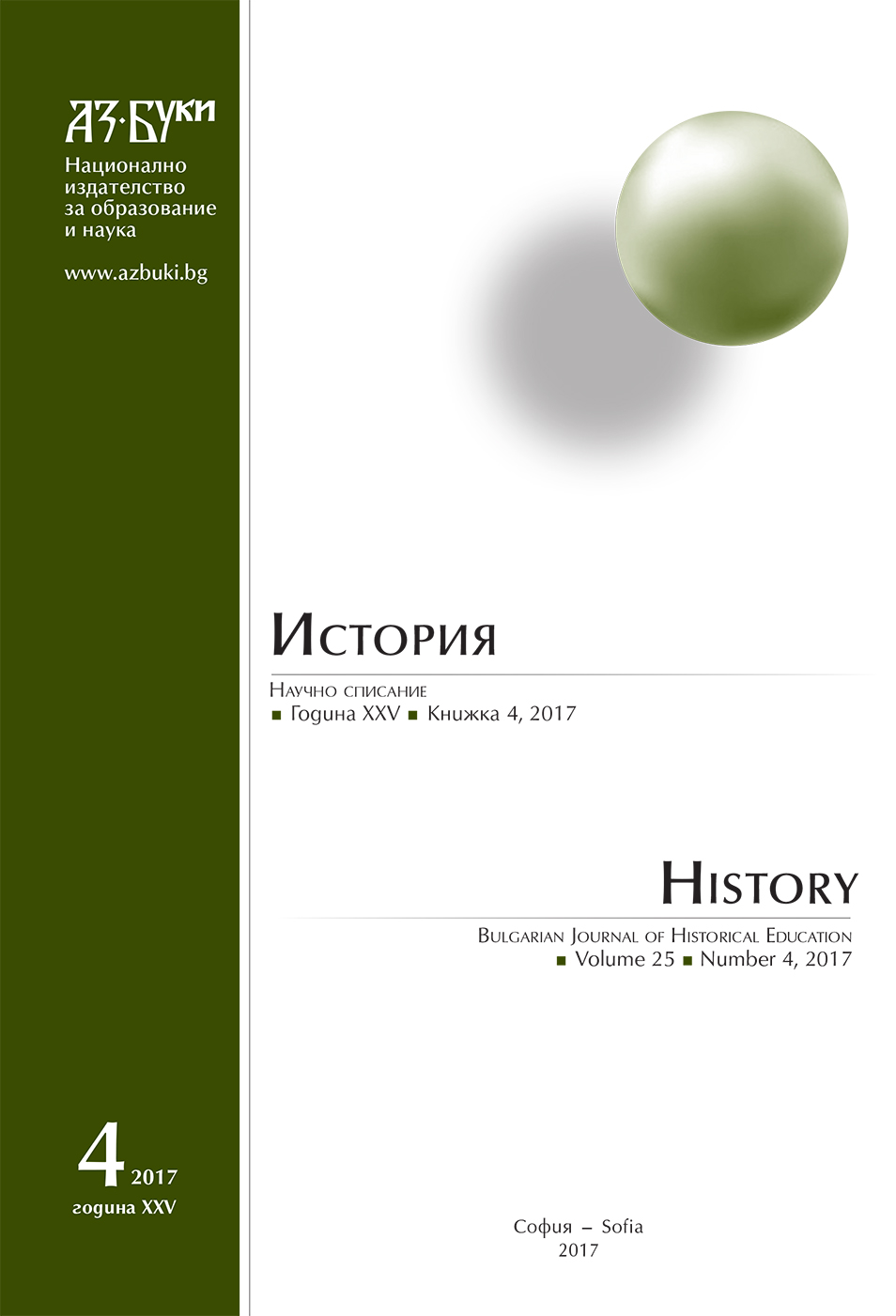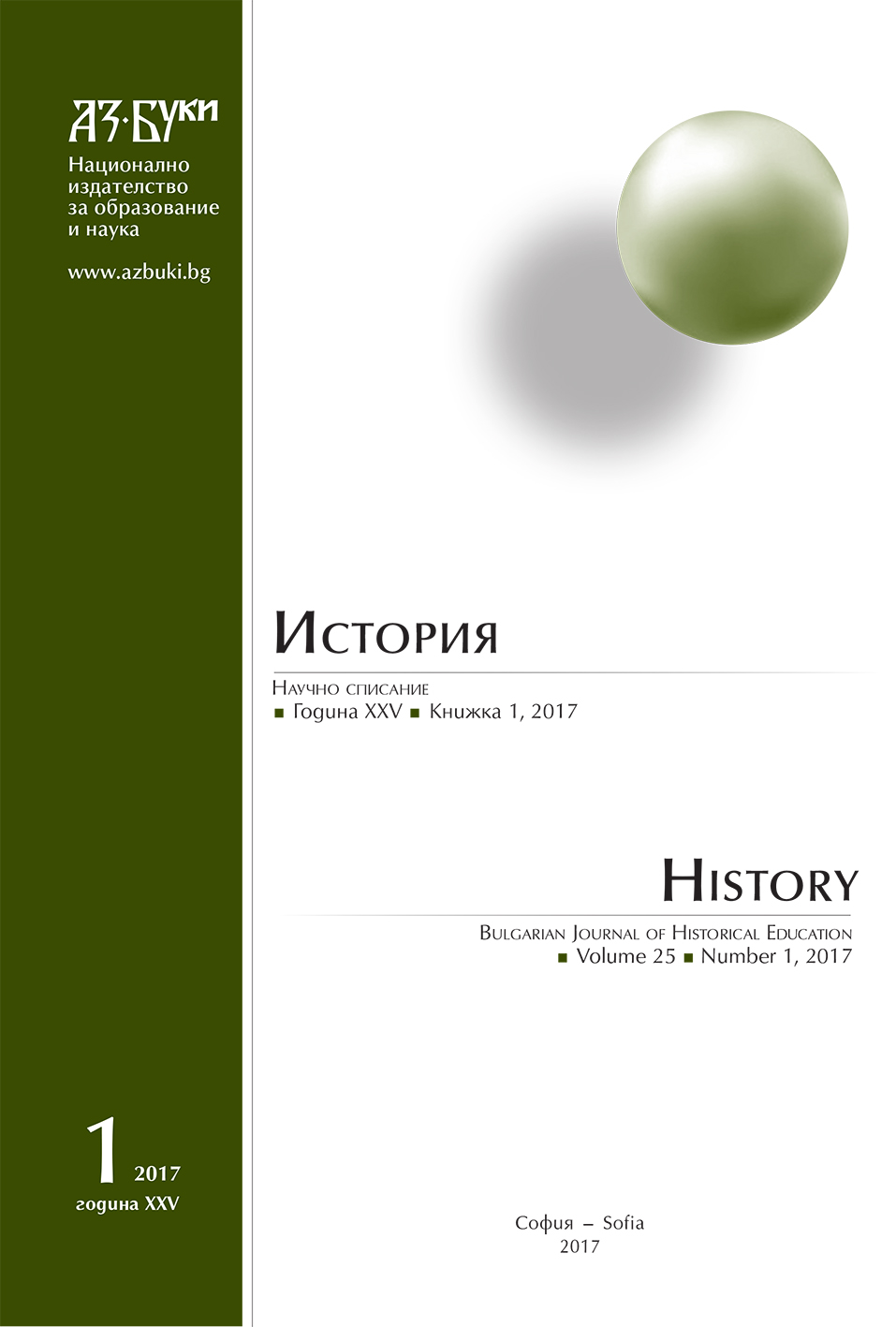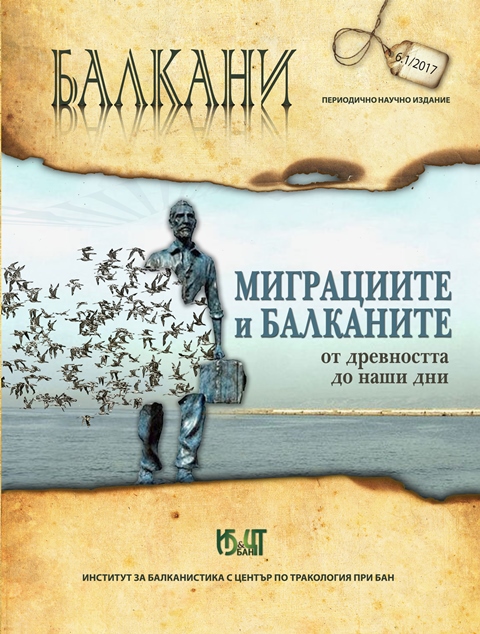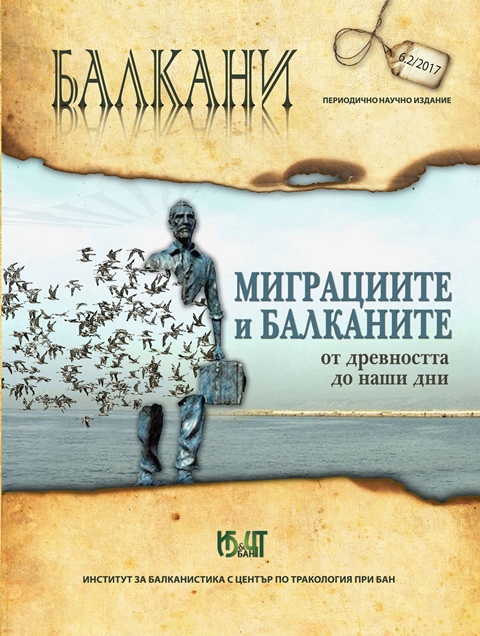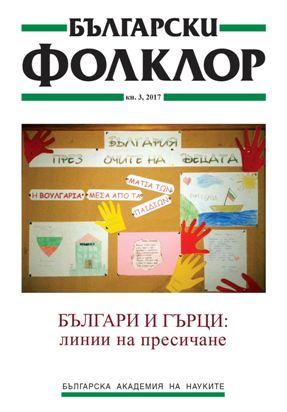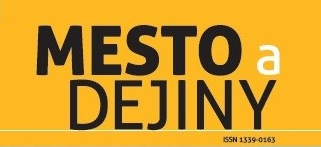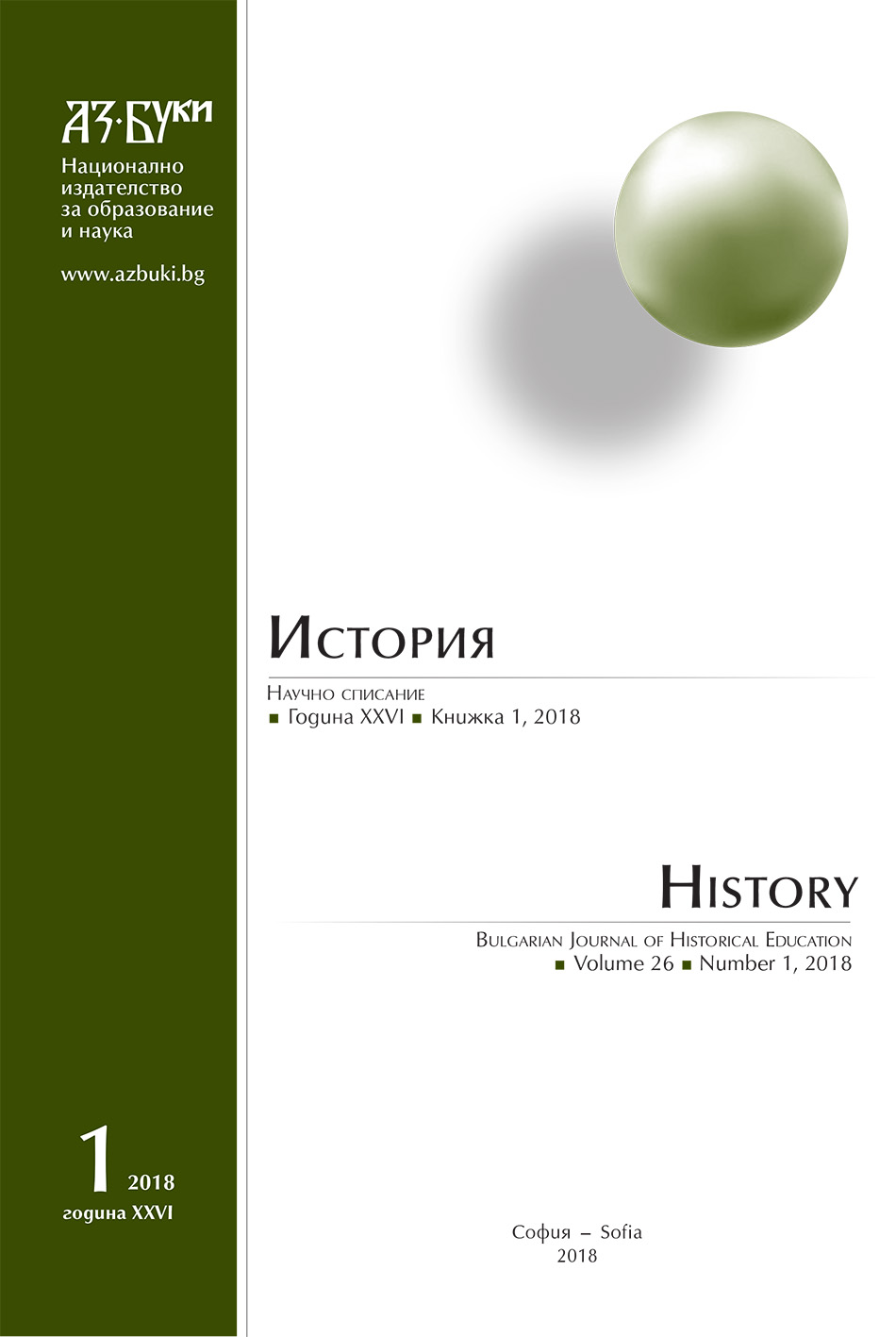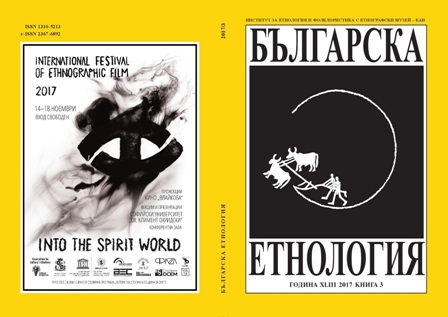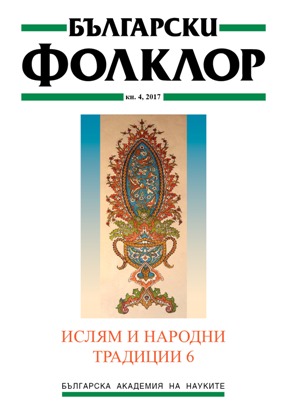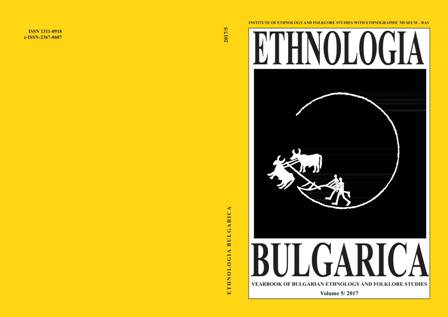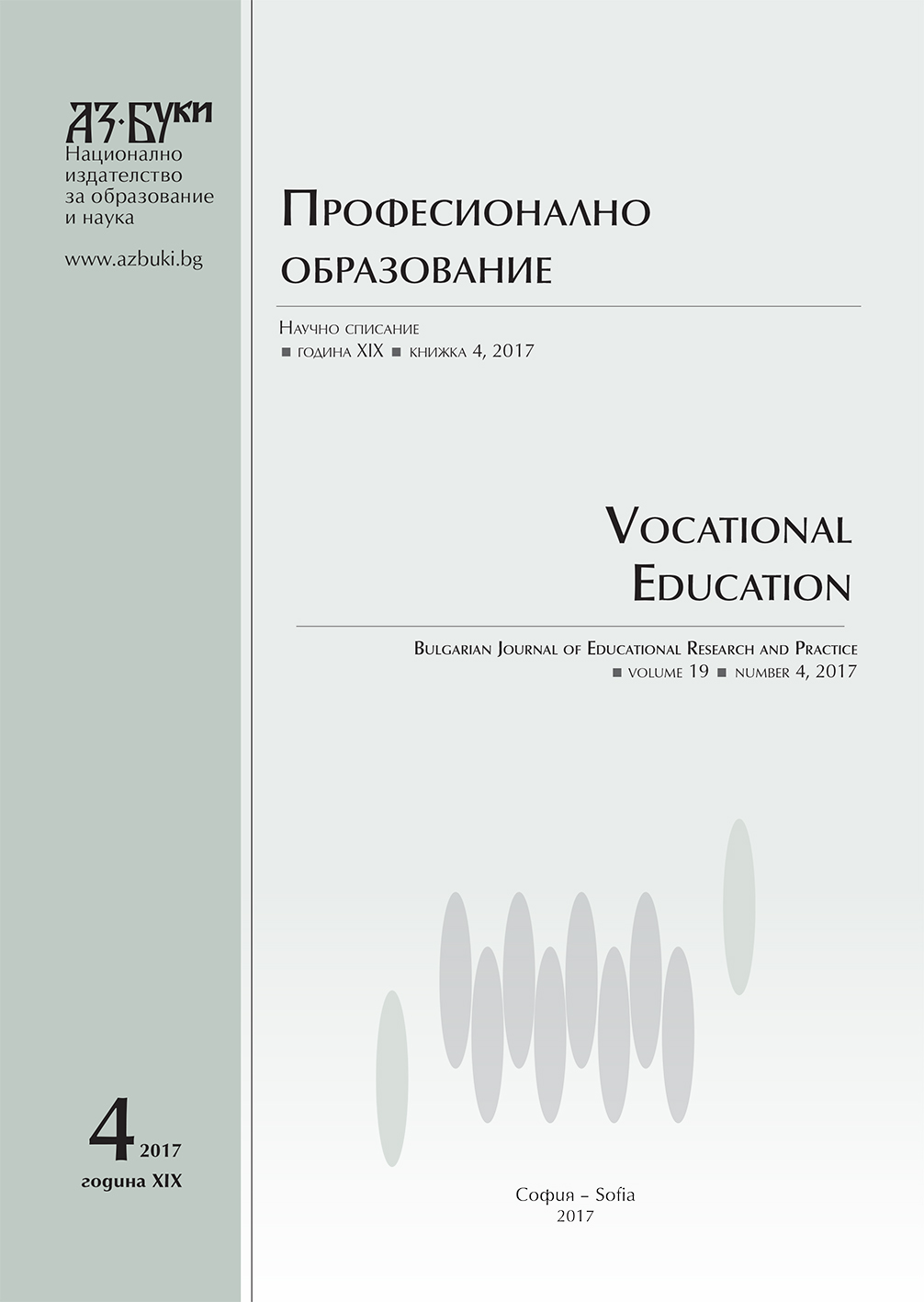
Мултимедийни уроци по история и цивилизация – идеи и практики
There is an immense opportunity for a teacher to use multimedia technologies in History classes. Nowadays it is a must to teach lessons in a more digital way, using audio-visual and multimedia aids. This makes lessons more attractive and facilitates students` learning. This article deals with sharing some author`s personal experience, ideas and impressions on the most innovative teaching methods in History classes.
More...
